Nu pierdeți cele mai bune locuri de muncă!
Abonează-te și săptămânal iți vom trimite un email cu ultimele locuri de muncă disponibile. Introdu adresa ta de email mai jos
November is Panama’s Independence month: Nov. 3 celebrates the country’s independence from Colombia, Nov. 4 is Flag Day, Nov. 10 celebrates the country’s “first cry” of independence from Spain, and Nov. 28 is the anniversary of the country’s full independence from Spain. Nov. 3 is the country’s biggest celebration and features parades, fireworks, public music and dancing performances, and more.
Understanding the importance of one of the independence days requires understanding others, so briefly, a history: Panama freed itself from Spanish control by seeking assistance from Colombia. Years and years later, when Colombia didn’t want to work with the United States to complete the Panama Canal, Panamanian unrest intensified. The promise of a finished canal, unlocking economic potential by connecting the Atlantic and Pacific oceans, contained the Panamanian hopes for improved social conditions and economic prosperity. So after Colombia refused to sign the agreement with the United States to finish the canal in 1903, Panamanian discontent with Colombian control peaked and citizens formed a separatist movement. When Colombia moved troops toward Panama, Panamanian leaders declared the country independent.
In 2014, Panama celebrates 111 years of independence from Colombia.
Nov. 2: Independence Evening
Rumors in town had it that the night of Nov. 3 would see celebrations on one or more of the stages erected along the Cinta Costera waterfront in downtown Panama. People meandered the park while merchants set up Coca-Cola branded E-Z up tents and unloaded cooking equipment. “There has to be something here,” one person said. “There’s all these people here,” another person said. “I’m not exactly sure,” a vendor replied. “We’re setting up stands.”
Screens to the left and right of the main stage lit up: “Buenas noches – no se realizara ningun evento hoy 3 de Nov. Apartir de las 5pm. Gracias!!” People walked away. Stage shows would not start until 5:00 p.m. tomorrow.
Nov. 3: Independence Day Parade and Evening Shows
Some people said the parade started at 8:00 a.m. Other people said 9:00 a.m. By 10:00 a.m., military men in white uniforms and wing-tipped shoes marched down the wide street of Cinta Costera. Girls in white leather boots twirled batons to the rhythm of snare drums, the crash of symbols, and the melodies of xylophones. Parents who had spent money on the outfits spilled into the street to take pictures.
Government bodies like police and firemen marched. Students from public and private schools marched. Girls in gray pleated plaid skirts and black ballerina flats marched. The sounds of trumpets and bugles echoed off buildings.
The celebration continued at night with fireworks set off in Casco Viejo, the northern neighborhood sometimes referred to as Casco Antigua or “old town.” People watched the show along the Cinta Costera waterfront wall. Some people through windows of downtown apartments.
Under big banners reading “Eres grande, Panama” and “Fiestas patrias 2014,” traditional folkloric dancers in polleras and montunos moved to the sounds of a live orchestra playing El Tamborito (“The Little Drum”), the national song and dance of Panama. More contemporary acts like Pelaos con Salsa, El Roockie, Aldo Ranks, and Joey Montana followed.
Because the city seemed to be on pause for the day even as maritime traffic crossed the horizon on its way to the canal, many people were out for the shows. Children circled the two stages with glowing pinwheels and balloons. Families sat on picnic tables eating hamburgers and hot dogs, donuts and muffins, Pringles and plantains and peanuts, Colombian papa dishes and cups of rainbow Kona Ice. Young international travelers contemplated what it might mean to live or to study abroad in a place like this. Everyone waved flags for the wide variety of music and dancing, classical to contemporary, historical to hip-hop.
The show officially ended at 10:00 p.m. and by 10:05 p.m. the garbage trucks were out and a neon green army of straight faced sanitation workers moved through the Cinta Costera with bags, dustpans, and brooms.
Nov. 4: Flag Day
Nov. 4 brings more marching and parades in Panama, this time in celebration for the flag that covers the sides of banks and businesses, hangs from avenue overpasses, and flaps alongside taxi cab windows through November.
Some background: Frenchman Philippe-Jean Bunau-Varilla based the first proposed flag on the United States’ flag and gave his design thirteen stripes, but he changed the white stripes to yellow to highlight Panama’s links to Colombia and Spain. Varilla filled the blue corner of the flag with two yellow suns with a line between them, the suns symbolizing North and South America and the line representing Panama’s role as a bridge between the continents.
The flag children wave from sidewalks during parades today, however, is different. The stars on the flag represent the country’s opposing political parties – blue for the conservative party and red for the liberal party – and the white background represents a goal of working together in peace. A second reading of the flag says the red star symbolizes law and authority and the blue star symbolizes purity and honesty; together the two stars make the new Republic of Panama. It was designed by Maria Ossa de Amador, who brainstormed three versions before one was selected.
Nov. 10: Primer Grito de Independencia
Nov. 10 is the day of the First Cry of Independence, when concerned citizens in the small interior town of La Villa de Los Santos wrote a letter to Simón Bolivar, the former President of Colombia and key figure in much of Central America’s fight for freedom from the Spanish Empire, complaining about being under Spanish control and asking for Colombia’s help.
The main activity today is a parade in the small interior town of La Villa de Los Santos, starting on Simón Bolívar Street.
Nov. 28: Independence Day (again!)
Today remembers Panama declaring itself a fully sovereign entity free from the control of Spain in 1821. Fearing Spain’s military but lacking money to defend itself, Panama joined the Republic of Colombia as a land controlled by the country along with Venezuela and Ecuador, reminding us that at one time Panama sought connection with Colombia.
Later Panama struggled against Colombia as well, a struggle commemorated at the start of this month on Nov. 3, reminding us that independence is not always achieved through a single battle but through ongoing quests for freedom.
Sign in to publish a comment
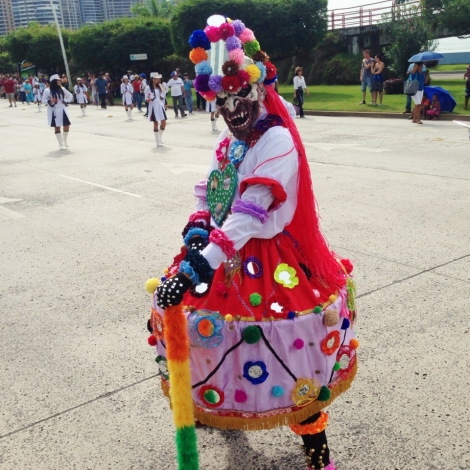
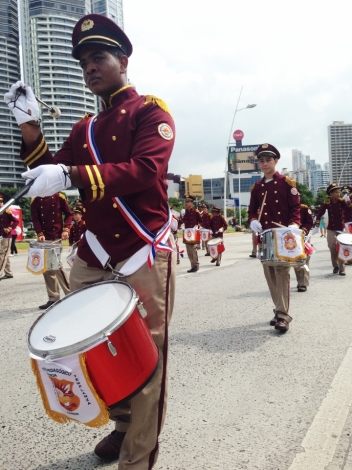
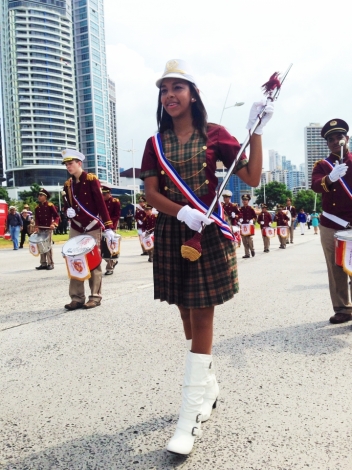
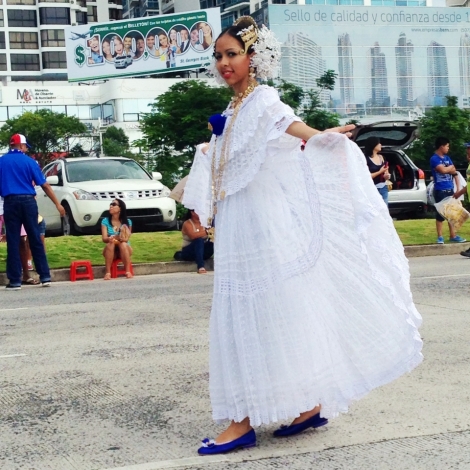
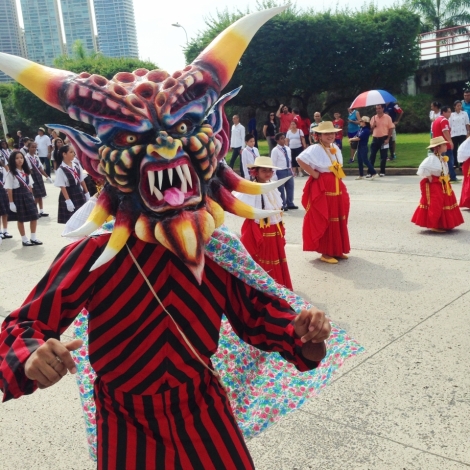
Be the first to comment on this post.